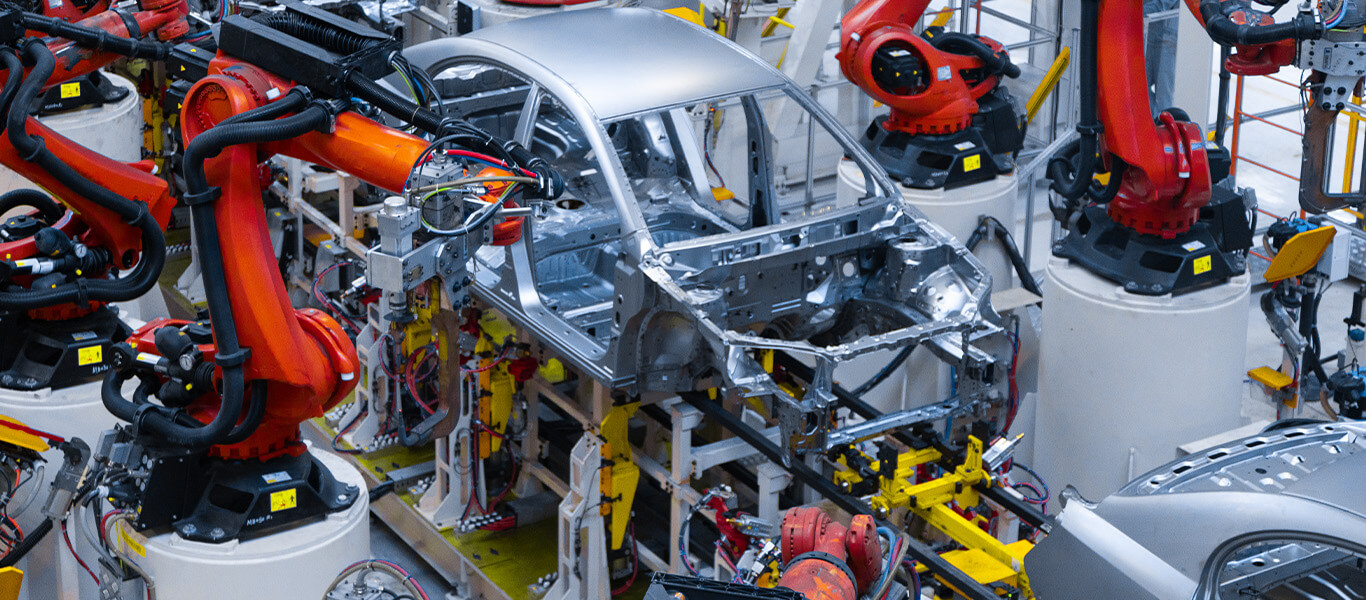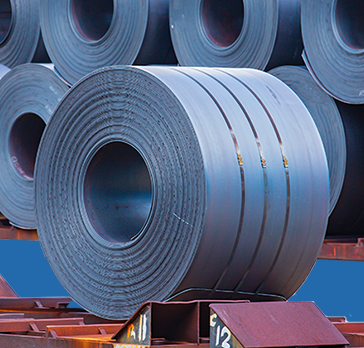Steel has been a fundamental material in the automotive industry since its inception, playing a crucial role in the construction of vehicles due to its exceptional strength, durability, and versatility. From the chassis to the body panels, steel forms the backbone of automobiles, ensuring safety, structural integrity, and performance.
This article aims to explore the historical significance of steel in automotive manufacturing, tracing its evolution from early usage to modern advancements. By examining the impact of steel on automotive design, production processes, and technological innovations, we seek to provide insights into how steel continues to drive innovation and efficiency in the automotive industry.
Historical Perspective of Steel in Automotive Manufacturing
A. Early use of steel in automobiles:
In the early days of automotive manufacturing, steel emerged as the primary material for constructing vehicle frames and components. Its strength and malleability allowed engineers to create sturdy structures capable of withstanding the rigors of road travel. From the Model T to early mass-produced vehicles, steel formed the foundation of automotive construction, enabling the industry to flourish.
B. Evolution of steel manufacturing techniques:
Over time, advancements in steel manufacturing techniques revolutionized the automotive industry. Innovations such as the Bessemer process and later developments in alloying and heat treatment allowed for the production of stronger, lighter, and more durable steel grades. This evolution enabled automakers to design vehicles that were not only safer but also more fuel-efficient and environmentally friendly.
C. Impact of steel on automotive design and production:
The widespread adoption of steel transformed automotive design and production processes. Steel’s versatility allowed for the creation of complex shapes and structures, leading to the development of sleeker, more aerodynamic vehicles. Additionally, advancements in steel manufacturing facilitated the implementation of mass production techniques, driving down costs and increasing accessibility to automobiles. From the assembly line to modern manufacturing technologies, steel continues to be the cornerstone of automotive production, enabling the industry to innovate and adapt to changing market demands.
Types of Steel Used in Automotive Manufacturing
In the realm of automotive manufacturing, the selection of steel types plays a pivotal role in determining vehicle performance, durability, and safety. Two key categories, Carbon Flat Rolled and Coated Flat Rolled steel, stand out for their diverse applications across various automotive components.
Carbon Flat Rolled Steel:
Carbon flat rolled steel is widely utilized in automotive manufacturing for its robust properties and versatility. This type of steel forms the foundation for essential components such as chassis frames, engine parts, and structural reinforcements. Its high strength-to-weight ratio and excellent formability enable engineers to create durable yet lightweight structures, enhancing both vehicle agility and fuel efficiency. Additionally, carbon flat rolled steel’s inherent toughness ensures optimal crashworthiness, safeguarding vehicle occupants in the event of collisions.
Coated Flat Rolled Steel:
Coated flat rolled steel represents a specialized category crucial for protecting automotive components from corrosion and enhancing their longevity. With various coatings such as zinc, aluminum-zinc alloys, and organic coatings, this type of steel is extensively used in manufacturing body panels, underbody components, and exterior trim. Coated flat rolled steel not only provides superior corrosion resistance in harsh environments but also contributes to the aesthetic appeal of vehicles through its ability to maintain vibrant paint finishes over extended periods.
Application in Automotive Manufacturing:
These steel types exemplify the industry’s commitment to integrating advanced materials that meet stringent performance standards while addressing environmental concerns. Automotive manufacturers leverage carbon flat rolled and coated flat rolled steel to achieve optimal balance between strength, formability, and corrosion resistance, essential for producing vehicles that excel in durability, safety, and overall customer satisfaction.
Key Innovations in Steel Usage in the Automotive Industry
A. Lightweighting initiatives:
Automakers are continuously exploring new methods to reduce vehicle weight to enhance fuel efficiency and reduce emissions. Lightweighting initiatives involving advanced steel alloys, innovative designs, and manufacturing techniques have enabled significant weight savings without compromising safety.
B. Forming and joining technologies:
Advancements in forming and joining technologies, such as hot stamping, tailor-welded blanks, and laser welding, have revolutionized the way steel components are manufactured and assembled. These techniques allow for the production of complex shapes and structures with improved strength and durability.
C. Corrosion resistance advancements:
Corrosion is a major concern in automotive manufacturing, particularly in regions with harsh climates or high levels of road salt. Recent advancements in steel coatings and surface treatments have significantly improved corrosion resistance, extending the lifespan of vehicle components and reducing maintenance costs.
D. Sustainable steel manufacturing practices:
As environmental concerns become increasingly prominent, steel manufacturers are implementing sustainable practices to minimize carbon emissions, reduce waste, and conserve resources. From recycling scrap steel to optimizing energy usage, these initiatives contribute to a more environmentally friendly automotive supply chain.
Benefits of Steel in Automotive Manufacturing
A. Structural integrity and safety:
Steel’s inherent strength and ductility make it an ideal material for ensuring the structural integrity and crashworthiness of vehicles, protecting occupants in the event of a collision.
B. Cost-effectiveness:
Steel remains a cost-effective choice for automotive manufacturers compared to alternative materials such as aluminum or carbon fiber. Its abundance, recyclability, and established manufacturing infrastructure make it a practical option for mass production.
C. Environmental sustainability:
Steel is highly recyclable, with a large percentage of automotive steel being sourced from recycled materials. Additionally, advancements in steel production techniques have led to reduced energy consumption and emissions, further enhancing its environmental credentials.
D. Design flexibility:
Steel’s versatility allows for the creation of complex shapes and structures, enabling automotive designers to realize their creative visions while meeting stringent performance and safety requirements.
Challenges and Future Trends
A. Competition from alternative materials:
While steel remains the dominant material in automotive manufacturing, it faces increasing competition from alternative materials such as aluminum, composites, and advanced plastics. Automakers must balance the benefits of these materials against factors such as cost, performance, and sustainability.
B. Integration of steel with emerging technologies:
The automotive industry is undergoing a period of rapid technological transformation, with advancements in electrification, autonomous driving, and connectivity reshaping vehicle design and functionality. Steel manufacturers must adapt to these changes by developing new alloys and production techniques tailored to the needs of emerging vehicle architectures.
C. Advancements in steel manufacturing processes:
Continued innovation in steel manufacturing processes is essential for meeting the evolving demands of the automotive industry. This includes improvements in alloy development, forming technologies, surface treatments, and recycling capabilities to enhance the performance, sustainability, and cost-effectiveness of steel components.
D. Regulatory impacts on steel usage in automotive applications:
Regulatory standards governing vehicle emissions, fuel efficiency, and safety drive the adoption of new materials and technologies in the automotive industry. Steel manufacturers must stay abreast of these regulations and work collaboratively with automotive OEMs to develop solutions that meet regulatory requirements without compromising performance or cost.
Conclusion
Despite facing challenges from alternative materials, steel remains indispensable to the automotive industry, offering a unique combination of strength, affordability, and sustainability.
A synthesis of the main themes and findings discussed throughout the article, highlighting the pivotal role of steel in driving innovation and efficiency in automotive manufacturing.
Concluding thoughts on the future outlook for steel in the automotive industry, emphasizing the need for continued collaboration, innovation, and adaptation to meet the evolving demands of the market.

